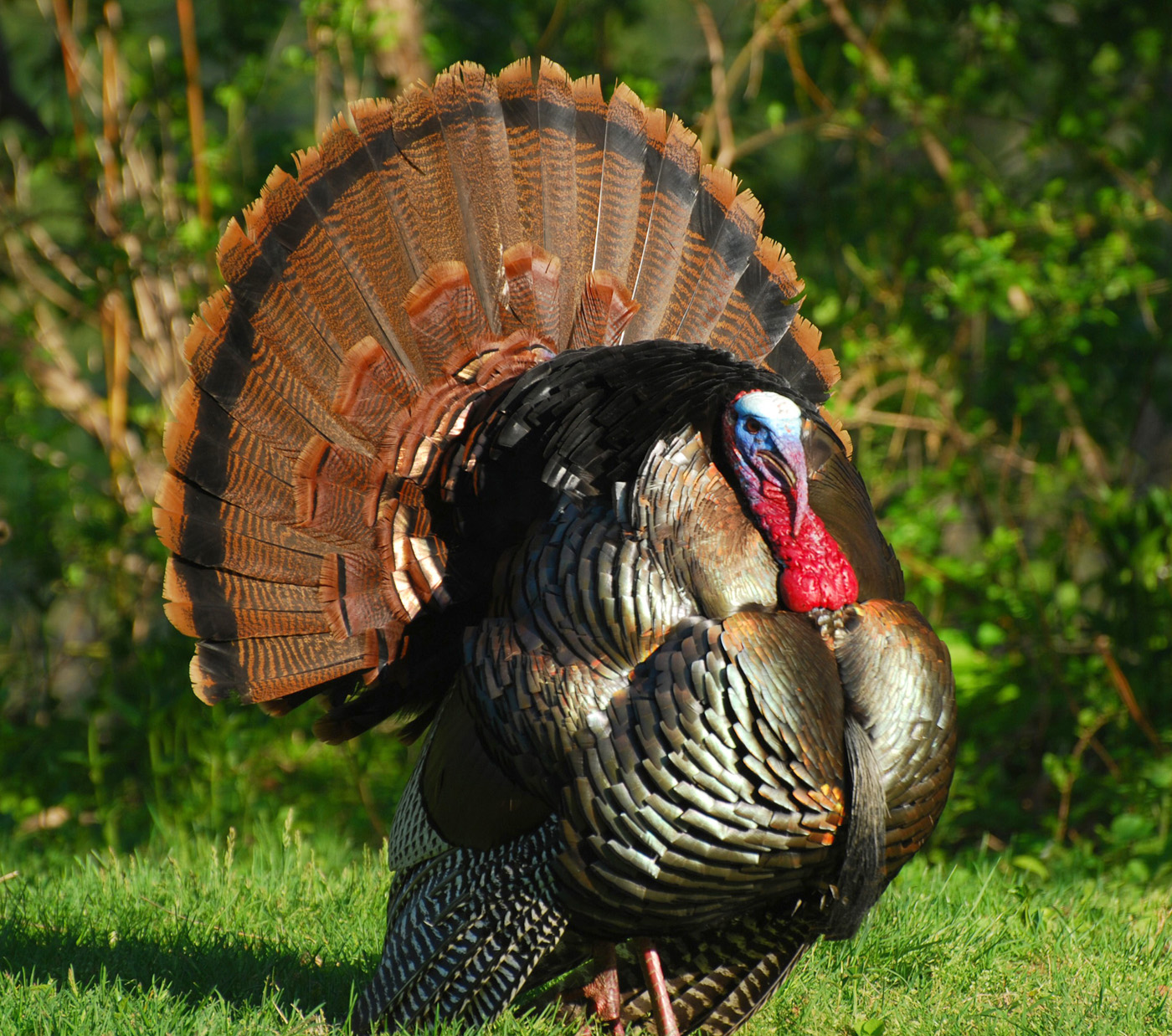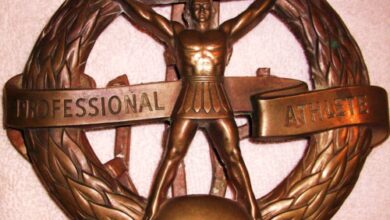Spring turkey hunting … my favorite

Do you remember that famous speech Buffalo Bills coach Marv Levy gave the team before their first Super Bowl in 1991? “Where else would you rather be than right here right now?” That is how I feel whenever I’m in the woods in early May hunting turkeys. Here is an example of why.
It was the second week of last year’s New York’s spring turkey season and I was set up on the edge of a giant hay lot. I had heard one single distant gobble off the roost at the first glimmer of light, so I placed my hen decoy in the field and buried in at the base of a big maple tree just inside the wood line from the field edge and waited for sunrise. I could hear at least a dozen different songbirds singing, but no more turkey gobbles.
I soon began to second guess whether I even heard the first gobble. The morning was struggling to brighten the landscape and a low fog hung over the field due to overnight rain. Through the haze I could just make out what looked like a whiskey barrel in the middle of the field. As I stared at the barrel, I could see it was moving. I dug out my mini-binoculars, wiped the fog off the lenses and took a look. The barrel was a big gobbler in full strut… and my pulse rate doubled. By the looks of his full fan this was a longbeard for sure, but at 350 yards he was too far out to get a good look at his beard even with binos. An adult wild turkey (two-years or older) when in strut has all his tail feathers perfectly even in length and his fan will look completely symmetrical. On the other hand, when a jake gobbler (born last spring) is in full strut, the tail feathers on his fan are uneven, with the middle two or three feathers longer than the rest. This bird had what all turkey hunters hope to see, a nice even fan.
This gobbler’s head was a patriotic red, white and blue and he was pirouetting around two hens feeding in the hay lot. This big dude was doing his best to impress the hens, but they were more concerned with eating the tender new shoots of grass popping up in the field. I yelped to the turkey but he did not gobble or even lift his head…why should he? He already had a couple of girlfriends and wasn’t leaving the real thing to go check out some floozy whose voice he did not recognize.
After twenty minutes of trying every call in my turkey vest, and trust me that’s a lot of calls, I had received no reaction other than an occasional courtesy gobble. I was ready to throw in the towel when a thundering gobble bellowed from my left and another longbeard stepped into the field. The original gobbler I had been calling to suddenly got very interested. He popped out of strut and moved quickly across the field to confront the intruder who had entered his domain. The trespasser saw him coming and moved out to accept the challenge, hoping to run the old boy off and move in on his chicks. The two turkeys met about 100 yards in front of me and I could now see that both sported huge beards dragging to the ground. The two heavyweights circled and sized each other up for a few seconds then jumped into the air and threw punches. Just like a rooster in a cock fight, a male turkey has spurs on the back of his legs and when they fight they try and strike their opponent with those spurs. The speed with which these twenty-pound birds could jump and kick their feet at each other was amazing and I couldn’t tell how many blows were landing. The two big boys went at it for five minutes with neither giving ground. Meanwhile, the two hens just kept feeding along, oblivious that the two gobblers were fighting over them. Suddenly the interloper must have taken a haymaker because he staggered for a second then turned and ran away as the other longbeard chased him back to where he came from. The proud warrior returned to his ladies likely thinking that they would now be impressed, but the two hens barely lifted their heads off the sweet new grasses, feeding like they knew they would soon be on a nest. He went back into full strut again and continued his quest to impress. He was going to convince one of them to fall in love if it took all day.
It was a great show and I’d had a front row seat to this battle over hens and territory. I’m sure this type of confrontation goes on all the time in the spring woods, but rarely with human spectators. I felt lucky to have witnessed it firsthand. Even though I didn’t pull the trigger that morning, it was a successful day.
For me the turkey woods in early May is the greatest place to spend a morning in all the outdoors. The sights, the sounds and even the smells renew my wintered spirit and I can’t wait to get out there each spring. This spring has been especially lousy weather-wise here in Western New York. My spirit is frozen solid and needs a huge dose of spring … STAT.
If you are lucky enough to have a young turkey hunter (ages 12-15) to take out, you have already been in the woods as the youth season opened on the 21st and 22nd. If not, it is now prime time to get out and start scouting.
When scouting, a visual of turkeys in an area is a good starting point; but knowing where they are roosting each night is the real key. Once a longbeard sets up in an area to roost he will, in most cases, roost in that same zone (give or take 100 yards) through the entire spring unless pressured too heavily by hunters or all the hens that drew him to that location in the first place move out.
If you want to find out how many gobblers are in your hunting area, you need to get yourself to a good listening location and be there at the very first twinkle of dawn. This timing is critical…the very first glimmer of light and not a half hour later! That first twenty minutes of light is when a male turkey will gobble from his roosting tree hoping to attract any hens in the area. If there are adult gobblers in an area, they will gobble at least a few times each morning. This is your reference point to all the rest of the hunting you will do in that spot.
This type of scouting you don’t even need to get in the woods. When I scout I drive as close to locations as I can, and then just step out of my vehicle and listen. I will wait ten minutes, hopefully hear at least one gobbler and move on down the road trying to listen at as many of my hunting spots as possible in that key twenty minutes of gobbling time. After that first twenty minutes or so, most turkeys will fly down and gobble only sparingly in most cases.
This scouting tactic is key, no matter where you hunt in North America. I have hunted spring turkeys in twelve states and one Canadian province and the first thing I do no matter where I’m hunting is get to high spot overlooking the ground I plan on hunting at first light and listen. This will tell you how many gobblers I have to work with in a given area. I then can adjust my hunting strategies from there.
Well, I’ve burned up my word count already and we didn’t even touch on hunting tactics. When I get talking turkeys I am as longwinded as a whitehead talking about his health problems … I know I’m one of them. Next week I will reach out to a turkey hunter who actually knows what he is talking about and we will discuss hunting strategies.



